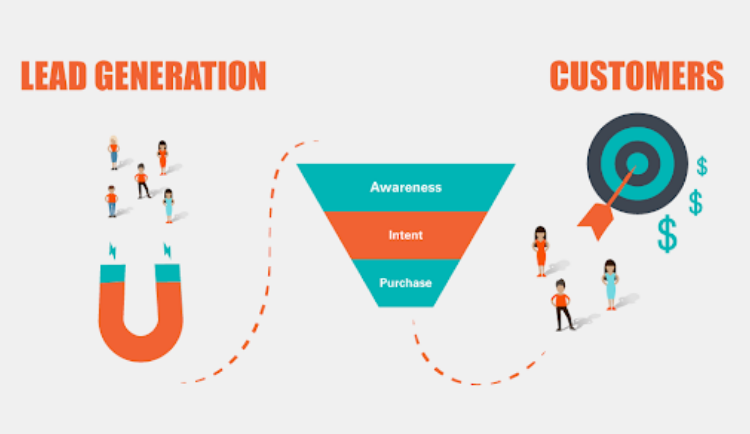


1- Direct Competitors
A direct competitor is normally what comes to mind when you think of the word “competition.” A direct competitor is someone that provides the same products or services as your business; they target the same kind of audience and the same customer base. They have the same goal of profit and market share growth as you. As a result, they are the first and most obvious competitors to be considered for a competitive analysis because their business is very similar to yours.
An example of direct competitors is: Yahoo mail, Hotmail and Gmail. These companies all offer the same services (e.g. email) to the same target audience. Generally, companies do their best to overshadow any competitor that offers similar products and services. Since your business is targeting the same audience as your direct competitors, knowing your competition and recognizing where you have potential competitors is the first step toward beating them and getting your product in the hands of the consumer first.
2- Indirect Competitors
Nearly every company / business is involved with some kind of indirect competition. Indirect competitors fall into two types:
1- Different, but same: Indirect competitors can also be those companies whose products or services are different from yours, but they target the exact audience as you. Kentucky Fried Chicken and Dominos, for example, are indirect competitors. While both are considered fast food, KFC specializes in burgers and fried chicken while Dominos is known for its pizza. Ultimately, both are targeting the same consumers.
2- Same, but different: Indirect competition may be those other companies that offer the same products and services as you, but with different goals. These competitors normally seek to grow revenue with a different strategy.
Here’s where content marketing can really have an overturning impact. Essentially, your company’s marketing can compete with a competitor’s paid product.
3- Replacement Competitors A replacement competitor is another company that’s offering a product / service that the consumer could use instead of choosing your products or services. Typically, this type of competitor uses the same resources to replace your products and services altogether by providing a new solution. Replacement competitors are the most challenging ones to identify as they provide obstacles in market analysis because of their inherent unpredictability. They can create and provide a newer, faster and more productive solution or product, and there is little you can do to prevent consumers from preferring those options. After all, the competition is simply the other choices they may choose to make. However, understanding all of your competitors – the products and services they offer and don’t offer– will give you a better idea of who is competing for your constituents’ loyalty. The better you know your competition, the more equipped you are to market your products and services effectively!
Final thoughts: In order to stay relevant and successful, you need to watch out for your competitors and what they’re doing, identify their strengths and weaknesses, listen to your customers, watch for trends and changes in the market, and adapt your own model to suit the ever-changing consumer landscape.
Need any help? Voila is ALWAYS there!
If you need any help identifying your competition’s strengths and weaknesses, or planning a an effective content and marketing strategy to maintain/regain your competitive advantage, you can always hand things out to VOILA B2B Lead Generation Experts. Let’s get in touch to discuss what we can do for you.